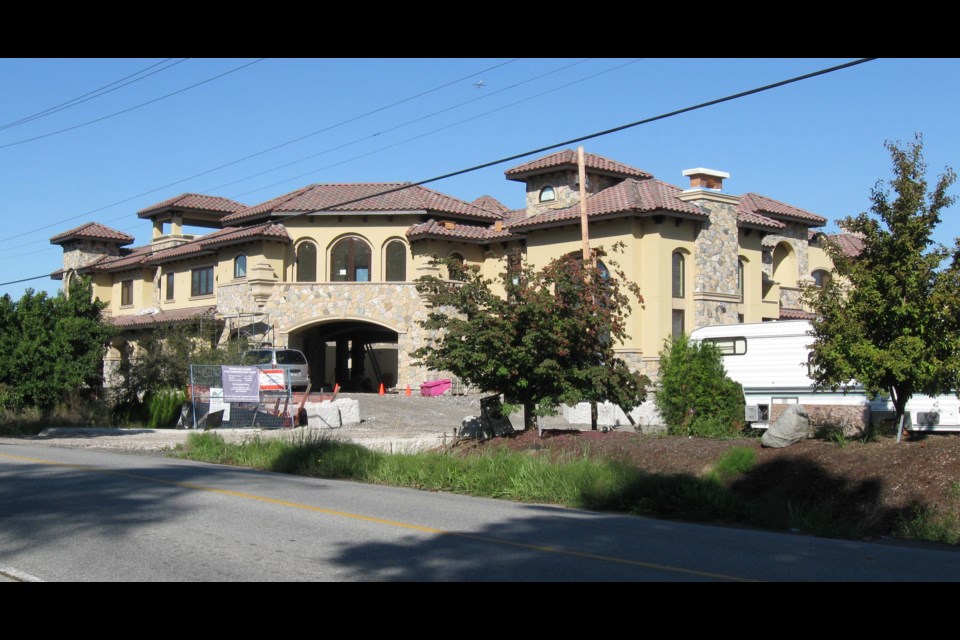A van pulled up beside me, at a farm stand. The driver had a long, reddish beard and wore overalls. He opened a door on the passenger side of his van and out tumbled three boys, perhaps four, five and six years old. They raced towards a chicken coop, next to the farm stand. Inside the van I saw a toddler and a young girl, about eight, who was reading a book. I asked if they were all his kids, and he said, yes, and there’s another on the way. Then – I couldn’t help myself – I asked what he did for a living, expecting him to say something like, “I’m a homesteader.” He smiled and replied, “I’m one of the guys you all hate. I’m a developer.”
That stopped me in my tracks. Developer as a synonym for builder has been around for about 80 years. It’s currently a word that can make your blood pressure rise. There’ve been many meetings recently in Richmond City Hall, at which residents and developers wrangle over that big bone of contention, the size of new houses. These days, the bone has to do with the size of the luxuriously appointed mega-mansions being constructed on farm land, which far exceeds the limits provided in provincial guidelines. The developers/builders/farmers claim that the size is necessary to accommodate extended farming families. The protesters/residents claim that the mega-mansions are something other than farmhouses. So far, the developers/builders/farmers have gotten the bone.
I don’t want to vilify all of Richmond’s developers, but few are like Gene Greczmiel, who died this past August. In the course of a long career, Greczmiel was a dairy farmer (until 1958), a builder and a developer. He was also a major benefactor, supporting worthy causes and local organisations.
Of course, there have long been developers in Richmond. After the Second World War, Richmond’s population steadily increased, leading to a building boom. The houses were built on open lots, nothing had to be torn down, and there was plenty of land left to be farmed. Up until a few decades ago, Richmond was the farm market for Vancouver. Many small-scale farmers with road-side stands sold fruits and vegetables. My mother’s favourite was Fernando’s, at the south end of Gilbert Road.
Development in Richmond after the Second World War didn’t mean, as it does today, destroying a well-built (but older) house to replace it with an abomination that gluts the landfill at least twice – once, when the site is first cleared, and then again, when it’s time for the abomination itself to be demolished, to be replaced by another abomination, sometimes within a decade. And – it’s worth repeating – development in Richmond didn’t used to mean exploitation of shrinking agricultural land for purposes that have little, if anything, to do with farming. People knew that once residential and industrial constructions contaminated the land, it was as good as lost for future agricultural uses.
Maybe the majority of present city council figures the future is fake news?
Sabine Eiche is a writer and art historian (www.sabinedellarovere.com)



